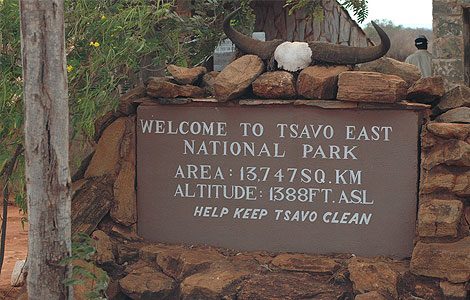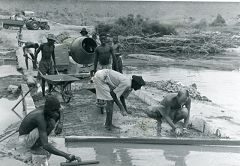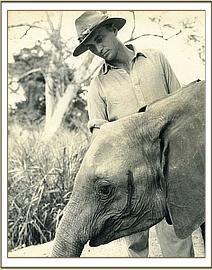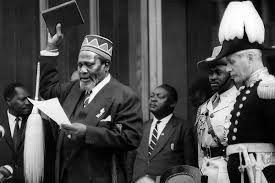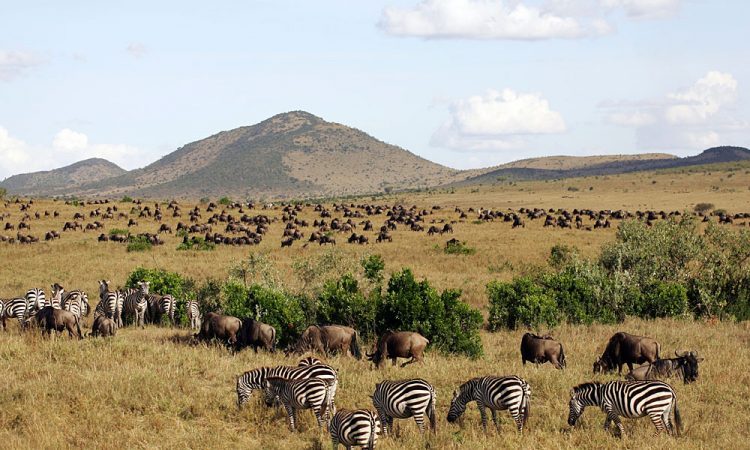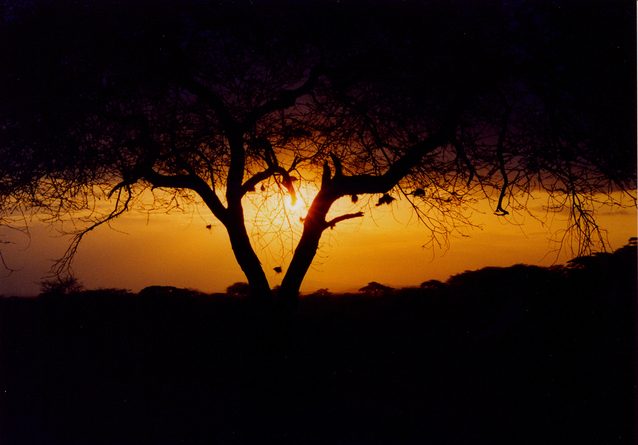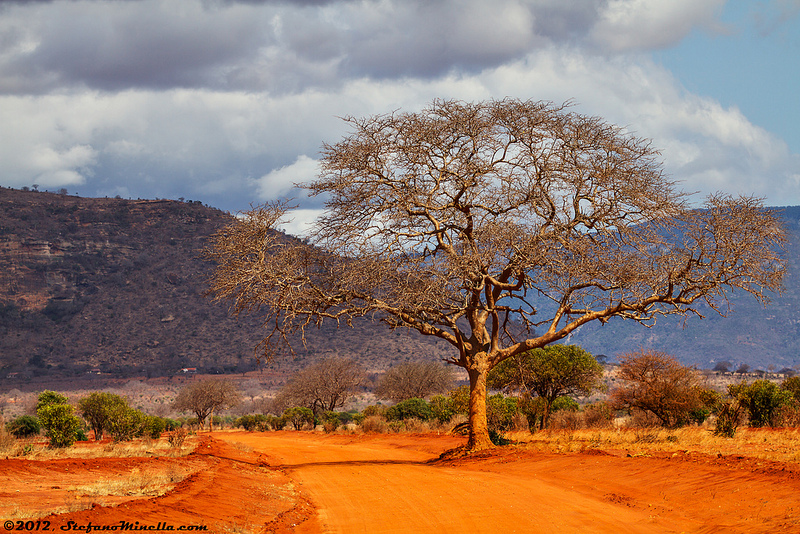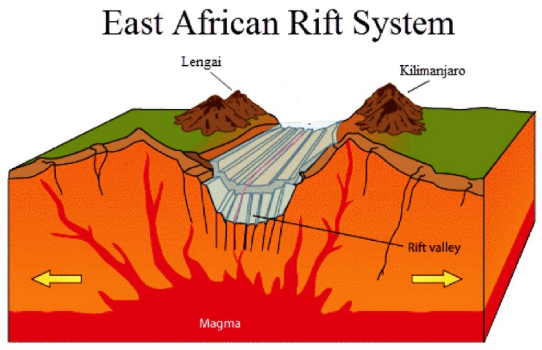A Game Drive Through Tsavo East National Park
This is the story about a game drive through Tsavo East. When Major David Sheldrick built East Tsavo’s first Head office at Ndololo by the Voi River, he had just some tents, workers and a vehicle. During that time, he and his aide Bill Woodley explored their domain on foot from their base camp at Ndololo with a rusty rifle slung over a shoulder. They were convoyed by some porters to carry basic ration and a captured Miliangulu poacher as a guide. Subsequently, as David’s duties grew, he faced and crossed many hurdles, after which followed a period of progress for the better and changes for the worse.
Setting up of head office
Enviously, David Sheldrick toyed with the idea of setting up the head office at the nearest Mazinga hill in Voi town to get away from the sizzling heat. But it belonged to the Sisal Estate. Sheldrick talked with them to trade the Estate for a sisal growing patch on the Voi River’s south bank. But it was a long process that took a good 2 years. In the end, when the land exchange came through, David made Mazinga hill the stable head office of Tsavo east. While building it, he set about hiring from the North’s rural people because they were skilled at tracking and hardened to harsh conditions. These tribes men were from Samburu, Turkana, Rendile, Habra and Somali who were then trained by David along army lines, which served as a blue print for all other Kenyan parks.
Gaining easy access
The only way to get to the park that lay north of the bank was through a long route. So, Woodley undertook foot patrols and almost died of thirst once when his car got stuck in the sand. By then the team had obtain from the authorities, additional equipment such as a tractor, a lorry, and another assistant named Lawrence. The assistant warden supervised the mammoth task of the causeway construction across the Galena in the 50’s, which took a year. Today, it makes the northern part accessible during dry seasons.
Fighting against poaching
Sheldrick recruited some wartime soldiers for his anti-poaching team. He used poachers as guides and trackers. The army supplied vital equipment such as radios, and the police airwing seconded a pilot and a plane. A prosecutor dealt with all cases, and CID officers dealt with the middlemen. Under the leadership of Peter Jenkins and Bill Woodley, two crack national park field forces and two game department units contributed too. The campaign thus stamped out poaching entirely within the boundaries of the national park. Not one elephant was poached.
Drought and rains
The drought came about in 1960 and killed some 300 of them. In the September of 1961, the rains broke, triggering floods that transformed Malindi beach forever because the river became 300 yards wider. For some three months, David and the workforce got stuck on the river’s North bank. During this time, they ferried the supplies in a dingy attached to a cable.
Development of infrastructure
Then followed a decade of research, understanding and further development of the road systems and infrastructure. David and his team completed the construction of the five park entrance gates, as well as the Aruba self help lodge adjoining the Aruba dam. They also relieved pressure on the Tsavo and Galana rivers during Tsavo’s dry seasons by building permanent water sources utilizing ground resources. All these spread the wildlife load equitably for tourism.
Northern area development
Peter Jenkins was transferred to work under David Sheldrick in East Tsavo, charged with the task of managing the northern area headquarters at Ithumba and installing tourist signboards and tracks, all of which was done to perfection and extremely efficiently. He also brought the northern area into production and based himself there.
Wilderness tourism development
David Sheldrick constructed and designed an up-market game blind overlooking the Tiva on the Yatta Plateau. The vastness of the northern wilderness appealed to the more discerning and elite tourists. He was very particular and took pains to keep the northern wilderness pristine and exclusive. Safaris into the north were conducted by professionals conversant with the bush and demanded two vehicles for safety reasons. A guide equipped with a radio to communicate with the Voi Headquarters for emergencies, accompanied the tourists.
For the worse
After Kenya’s independence in 1963, Perez Olindo took over Colonel Cowie’s position as director. Many political appointees with vested interests appeared on the board of trustees. They were least bothered about overseeing the welfare of the wildlife. White-collar corruption was becoming rampant, involving ivory and rhino horn. Poaching resurfaced again, involving high-ranking politically protected ivory dealing mediators. A period of change and transition was taking place. Meanwhile, elephants sought refuge in Tsavo. Grasslands replaced the Commiphora thickets throughout the southern section of the park. Fortunately, the northern area remained the way it had always been. Grazing species emerged south of the Galana. Buffaloes multiplied as a dominant grazer of the grasslands and new species appeared.
Challenges yielded result
Major David Sheldrick had to face many obstacles during his passionate years in East Tsavo. The drought and the flood that came along did not ease the pressure in any way and made it even harder. It was a constant uphill battle. The continuous fire-fighting and the many challenges, however, did yield results in the end. At least the anti-poaching campaign was a success. However, Kenya’s independence in 1963 brought about some changes in national park’s administration. It is in the best interests of everyone concerned if things can go back to the former Sheldrick days.
5 Frequently Asked Questions About Peter Jenkins
To book a safari in Tsavo, please fill out the following form or simply email us on safaris@safari-center.com

